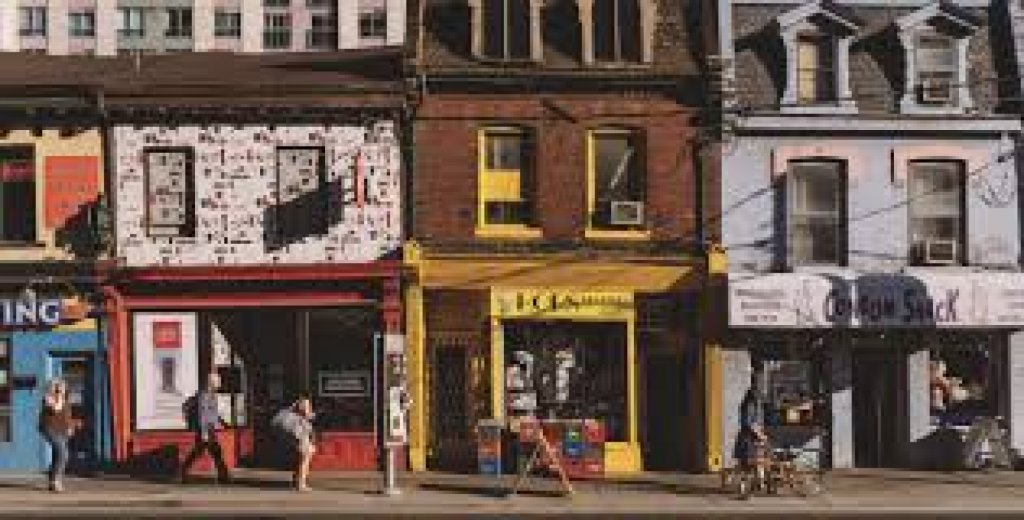Qualified Opportunity Zones. What are they?

Photo by Scott Webb from Pexels
This post originally appeared on tBL member Burt Polson’s blog Real Estate in the Napa Valley
Taxes play a significant role in the bottom line for commercial real estate investors, therefore any chance to delay or eliminate tax consequences of a transaction are generally pursued in earnest.
We have had the Internal Revenue Code (IRC) Section 1031 allowing for tax deferral of like-kind exchanges since 1954. There have been amendments over the years, but the basics of rolling the capital gains from one investment property into another without any tax consequences remain the same.
The Qualified Opportunity Zone (QOZ) provides the investor with another potential method of reducing or not paying capital gains taxes, but like most things involving the IRS, it’s complicated.
What is the QOZ?
The 2017 Tax Cuts and Jobs Act created a new section of the IRC that provides tax incentives for real estate investors who invest in QOZs of the US through a Qualified Opportunity Fund (QOF).
A QOF is a specialized investment vehicle such as a partnership used to pool investors’ capital for the purchase of real estate. An individual investor cannot directly invest in a QOZ property. At least 90 percent of all capital raised must be in a QOZ.
The premise of the program is to offer tax advantages through a reduction, or elimination of capital gains taxes on investment real estate, which is thought will help spur economic growth in areas designated as being economically depressed.
There are 8,762 QOZs designated by each state’s governor based on a formula dependent upon median income. The QOZ is not without skeptics as many thought the process was politically driven based on the areas designated as they vary widely.
For example, a large portion of Downtown Napa, California, qualifies as a QOZ even though it has experienced an explosion of growth and a quadrupling of property values in recent years. Many would find this inconsistent with other areas through the Bay Area, California, and the US which continue to experience low property values and high vacancy rates.
How to invest in a QOV property
There are two ways to invest, directly into a QOF using cash or an owner of an appreciated asset like stocks, bonds, investment real estate or a business can sell and roll the proceeds into a QOF within 180 days.
The process of selling an asset and rolling into a QOF is similar to a 1031 tax-deferred exchange, but is simpler and does not require an accommodator.
One requirement of a QOF is an investment in a QOZ property must be substantially improved or developed within 30 months at least the amount paid for the investment, not including land value. For example, if a property is purchased for $1 million and the building is valued at $500 thousand, then the property must be improved by at least $500 thousand.
Opportunity or speculation?
There is mass appeal for the program mainly because if the QOF holds a property for ten years, this eliminates any capital gains the investor rolled into the investment as well as any capital gains realized during the ten year holding period. The capital gains reduction is pro-rated based on the number of years a property is held if less than ten years.
Potential concerns are surfacing even now with the final version of the law still pending. For example, a lack of governmental oversight could lead to abuses while gentrification and displacement of residents and businesses could become a reality.
I remain skeptical a QOF can speculate how an investment will perform. QOZs in my territory, other than Downtown Napa, have several city-wide detriments which lead to their current state of economic distress. Improving a property will not guarantee a business will want to lease in a QOZ or a resident move-in until the city and county governments have the infrastructure in place.

